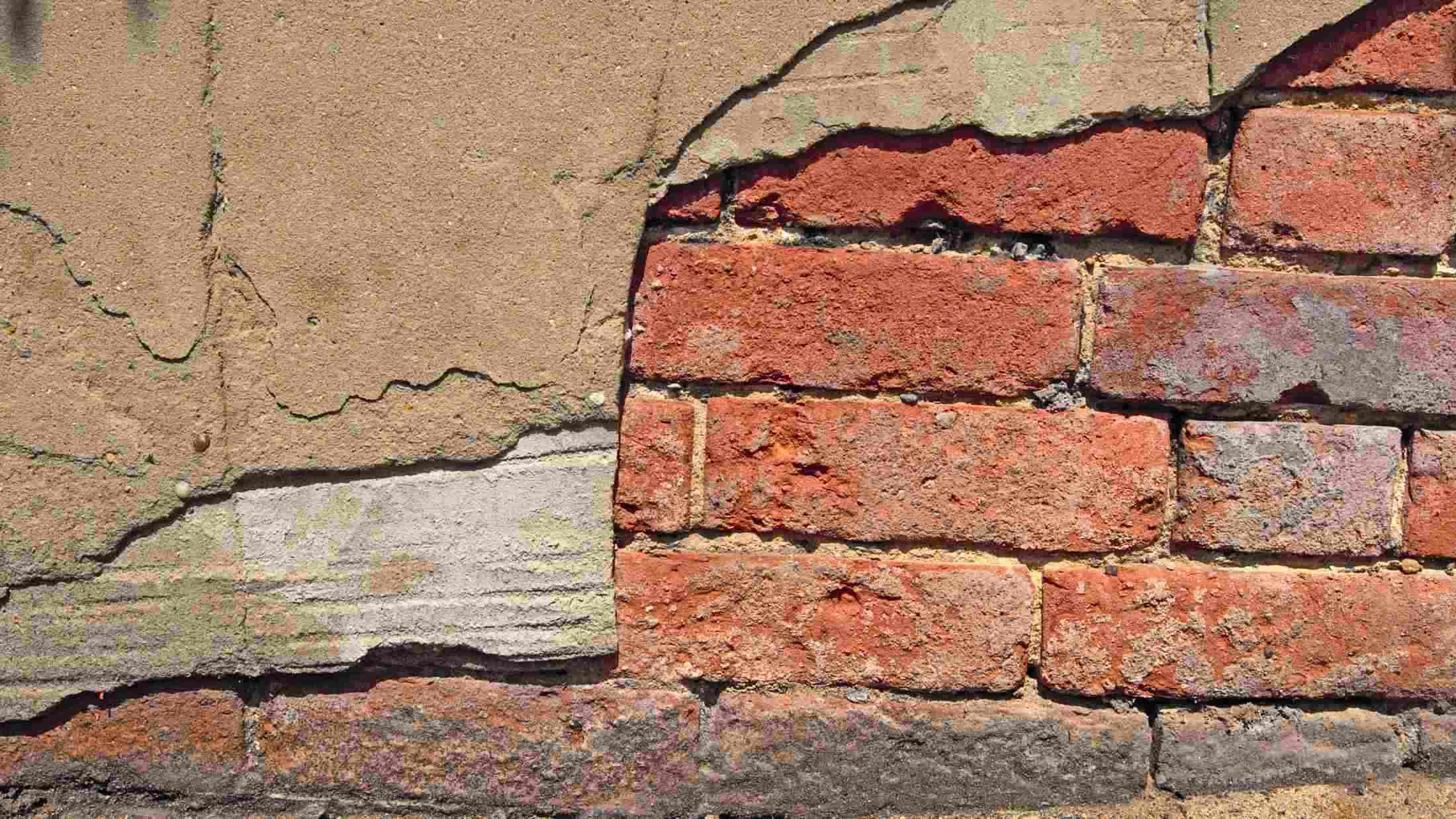Rising damp - it’s the phrase that no homeowner wants to hear, and no prospective buyer wants to see on their building survey. While this form of damp is actually quite rare, it can be costly.
Generally, houses constructed after 1875 were built with protective damp-proof courses, but if you've got an older property you might not have these protective barriers. If you discover rising damp, it’s important to speak to an expert as soon as you can to arrange treatment. Rising damp can cause superficial damage to an internal wall, as well as structural damage to timber and masonry. It causes mould too, which can harm our health.
Here you'll find out how to identify rising damp, how to control it, and thow you can deal with rising damp in the long-term.
- What is rising damp?
- How to spot rising damp?
- How do I deal with rising damp in my property?
- Is there a long-term solution to rising damp?
What is rising damp?
As the name suggests, rising damp starts at the bottom of an internal wall and moves up. The porous bricks, mortar and cement in the ground floor internal wall absorb water and suck it up like a straw. The wall becomes moist, encourages mould and damages timber structures.
Damp-proof courses stop water from rising through the bricks. But they can get damaged over time. This can cause rising damp in older homes. Rising damp can also happen if the ground around the house is raised, like when a new driveway is added.
How to spot rising damp?
A simple way to identify a rising damp problem is by looking at where the damp patches are appearing. Rising damp appears around the bottom metre of an internal wall. Most of this will be below ground, so look around the tops of your skirting boards. You’ll probably spot it due to rotting wood and mould. Also look for tide marks on the internal wall. The plaster might be crumbling, and paint and wallpaper might peel. The salt content of ground water can leave a powdery residue and stain the plaster, too.
If this doesn’t sound like what you’re experiencing, then you may have a different damp problem. Condensation is the most common cause of damp during the winter in Britain. Patches of damp can also be caused by pipe damage in an internal wall, leaking guttering, and damaged external walls that let in the rain.
How do I deal with rising damp in my property?
Unfortunately there are no quick solutions when it comes to the question of how to fix rising damp. If you suspect you've got rising damp in your property it's worth getting a second, third, and fourth opinion so you don't pay for unnecessary treatment. Rising damp is often misdiagnosed, so it's worth making sure that it’s definitely the problem before starting a course of treatment. Consider whether the problem could be caused by condensation, leaking pipes, faulty plumbing, damaged guttering, blocked air bricks, or poor surface drainage.
Measures that allow your property to ‘breathe’ are key to controlling rising damp. The Building Research Establishment recommends that any method used to retrofit a damp-proof course should have what's called an Agrément or other third-party certificate.
While you wait for treatment to work, open your windows to let fresh air in. This won’t stop rising damp, but it’ll prevent it from getting worse. Ventilation is very important in old homes that had damp before. Make sure air can move freely between the cellar, if you have one, and the ground floor. Take out vinyl flooring or rubber-backed carpets and put in breathable materials instead. This helps air flow and dries out the damp walls. Use extractor fans and dehumidifiers to keep the air dry.
Is there a long-term solution to rising damp?
The best long-term solution is to regularly check your damp-proof course.
A damp-proof course is a barrier between your home and the ground. It is usually made from a strong material. You should see it on the outside walls, about six inches above the ground. If the ground nearby is raised above the damp-proof course, water can get in. To fix this, dig a ditch next to the raised ground so it is below the damp-proof course. Make sure the ditch drains well. If it fills with water, it could cause more problems.
If the ground level is still well below your damp-proof course, check your internal wall cavity. Often debris can become trapped in here and can carry water above the damp-proof course and into your internal wall. To treat it, speak to a professional, as you'll need to have bricks removed to take away any debris that may be inside the cavity.
If your damp-proof course has been damaged, you may need to contact a tradesperson to install a new one. The damp-proof course has to run under the entire property with no breaks. Replacing damp and damaged timbers and brickwork may also be needed to make sure your internal wall is completely dry. Repair costs will depend on the extent of the damage and the most appropriate treatment.












